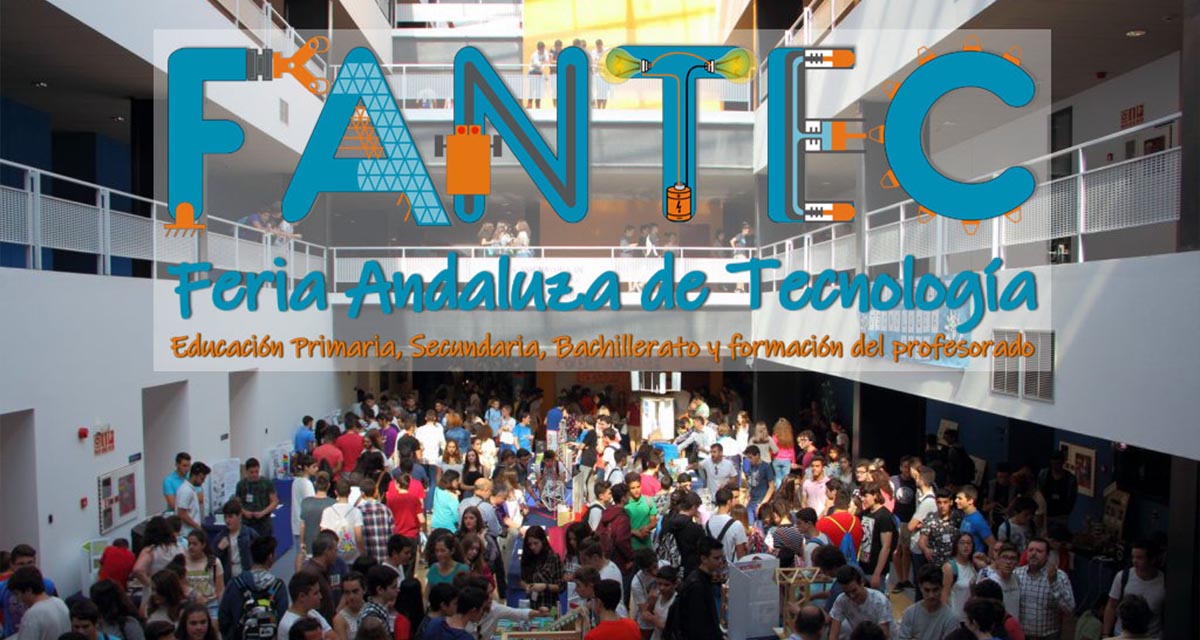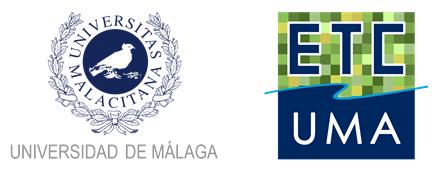Overview of recent work and access to online publications and resources
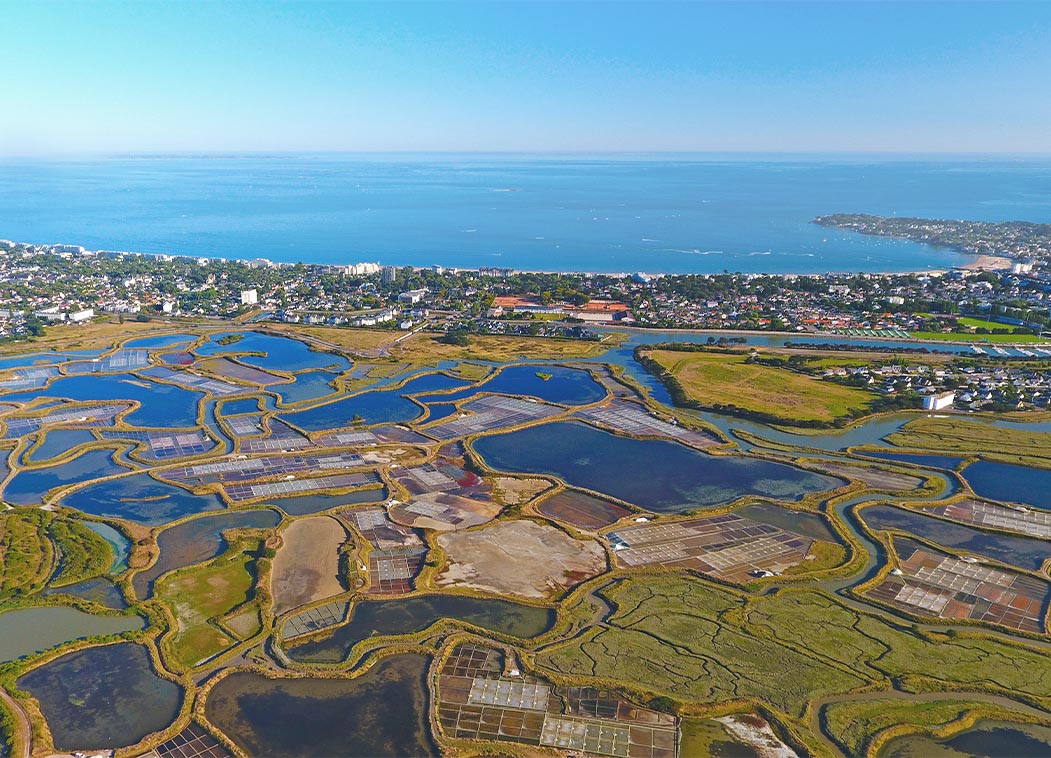
RESTORE4Cs 1st Policy Brief: How can coastal wetlands help achieve EU climate goals?
The first RESTORE4Cs Policy Brief of RESTORE4Cs, “How can coastal wetlands help achieve EU climate goals?“, highlights the importance of European coastal wetlands for reducing Greenhouse Gas emissions. The key messages of the first RESTORE4Cs Policy Brief include: Coastal wetlands are important natural carbon stores, ...
Mapping the Impact of Blue Tourism in the Mediterranean
The IUCN Centre for Mediterranean Cooperation with the support of ETC-UMA in the framework of the Blue Tourism Initiative, has released a comprehensive report entitled “Mapping the Impact of Blue Tourism in the Mediterranean: Vulnerability Assessment of Coastal and Marine ...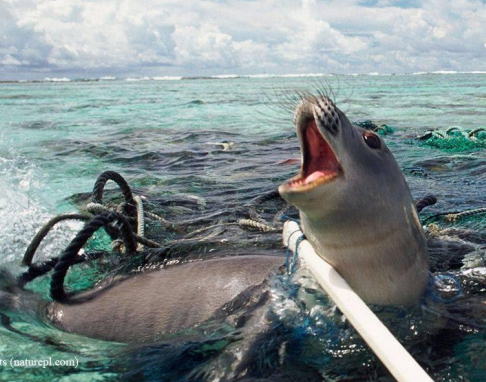
Brief update of the MedBioLitter database version 10 updated in January 2023
The MedBioLitter knowledge base is an entry-point to the peer reviewed research evidence published on the impacts of marine litter on marine biota in the Mediterranean region. This knowledge base was created in 2017, under the Interreg-Med funded initiative PANACeA ...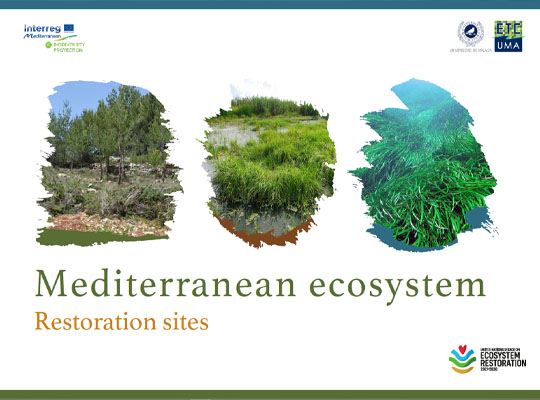
Mediterranean ecosystem restoration sites
In the frame of its strategic activities in the Mediterranean region, ETC-UMA as coordinator of the Mediterranean Biodiversity Protection Community (MBPC) has joined the Task Force on Best Practices on Ecosystem Restoration and committed to use its network of practitioners ...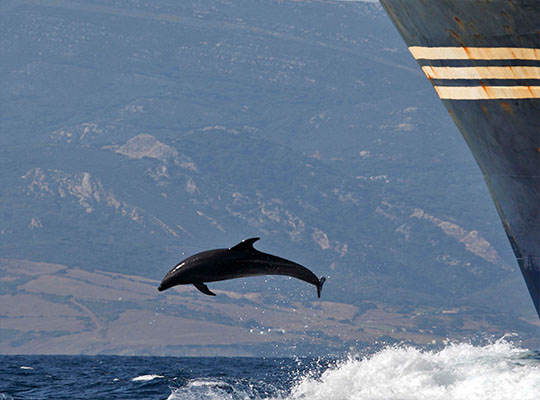
Supporting cetacean conservation in the Pelagos Sanctuary
A new report has been presented today, 18 November 2022, online in the frame of the cooperation between the Pelagos Permanent Secretariat and the Mediterranean Biodiversity Protection Community (MBPC), a project led by ETC-UMA. The new report, entitled Pathways to ...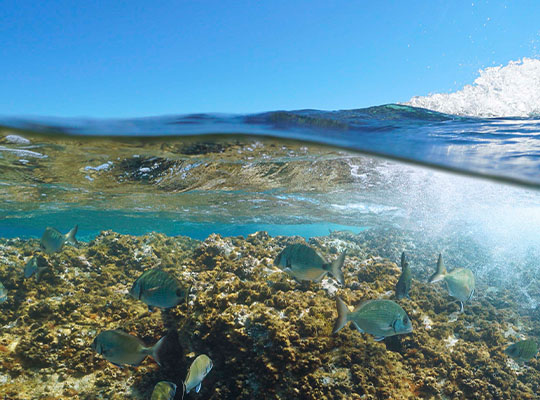
An assessment of marine biodiversity protection in the Mediterranean Sea: A threatened global biodiversity hotspot
The Mediterranean Sea is a World’s biodiversity hotspot. It harbours around 11% of all marine species in less than 1% of the global marine area (Bianchi & Morri, 2000). Furthermore, around 20% of those species are endemic (Coll et al., ...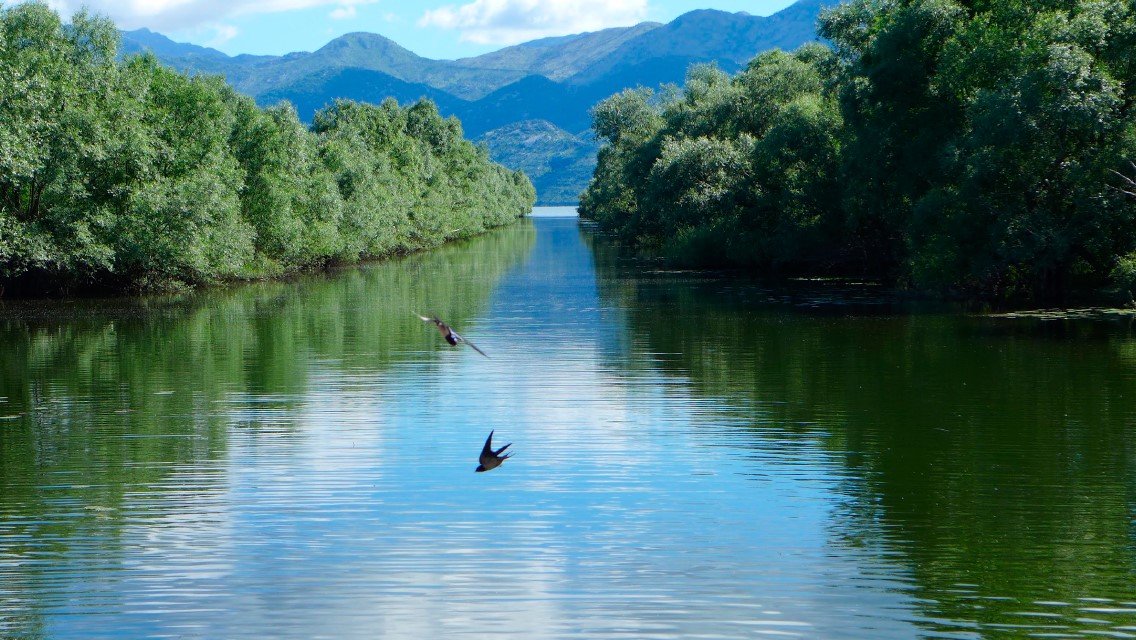
Mediterranean wetlands – their current state and ways to improve their conservation
The recent report entitled “Mapping and assessment of the state of wetland ecosystems: a Mediterranean perspective” led by ETC-UMA, in the frame of the Mediterranean Biodiversity Protection Community initiative co-funded by the EU Interreg Mediterranean programme, is the result of ...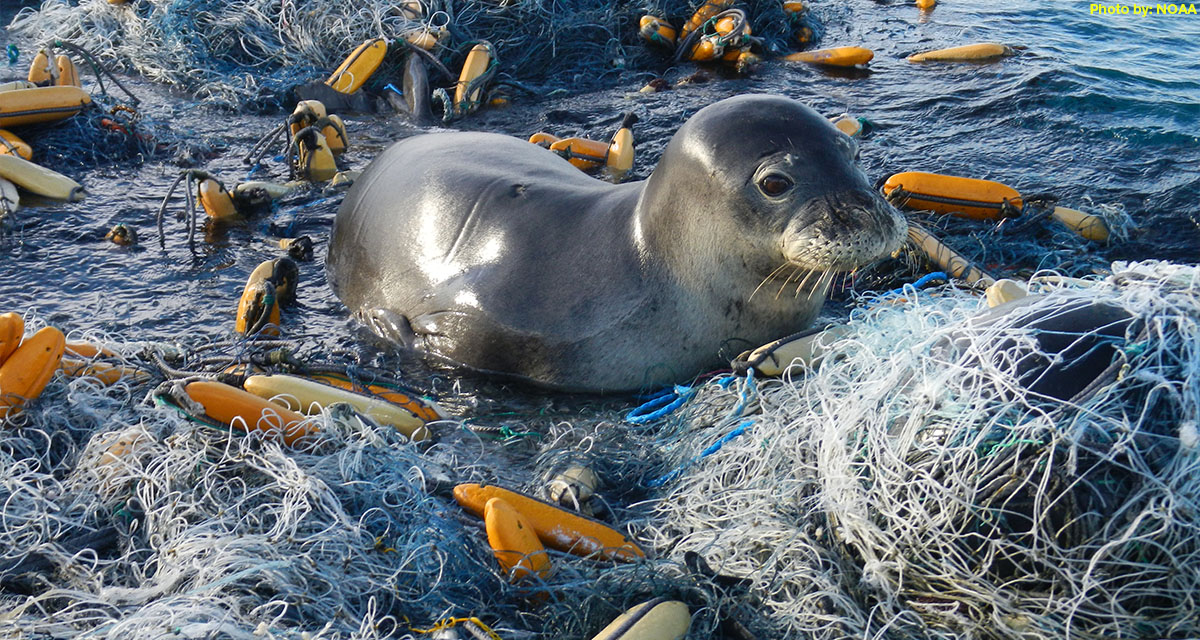
ETC-UMA issues new report on the impacts of litter on Mediterranean marine species
On the occasion of the workshop organized by IUCN and Région Sud in collaboration with its CPMR partner, the ETC-UMA Director, Dania Abdul Malak is presenting today 1 April 2022 a highlight on the wide range of actions required to ...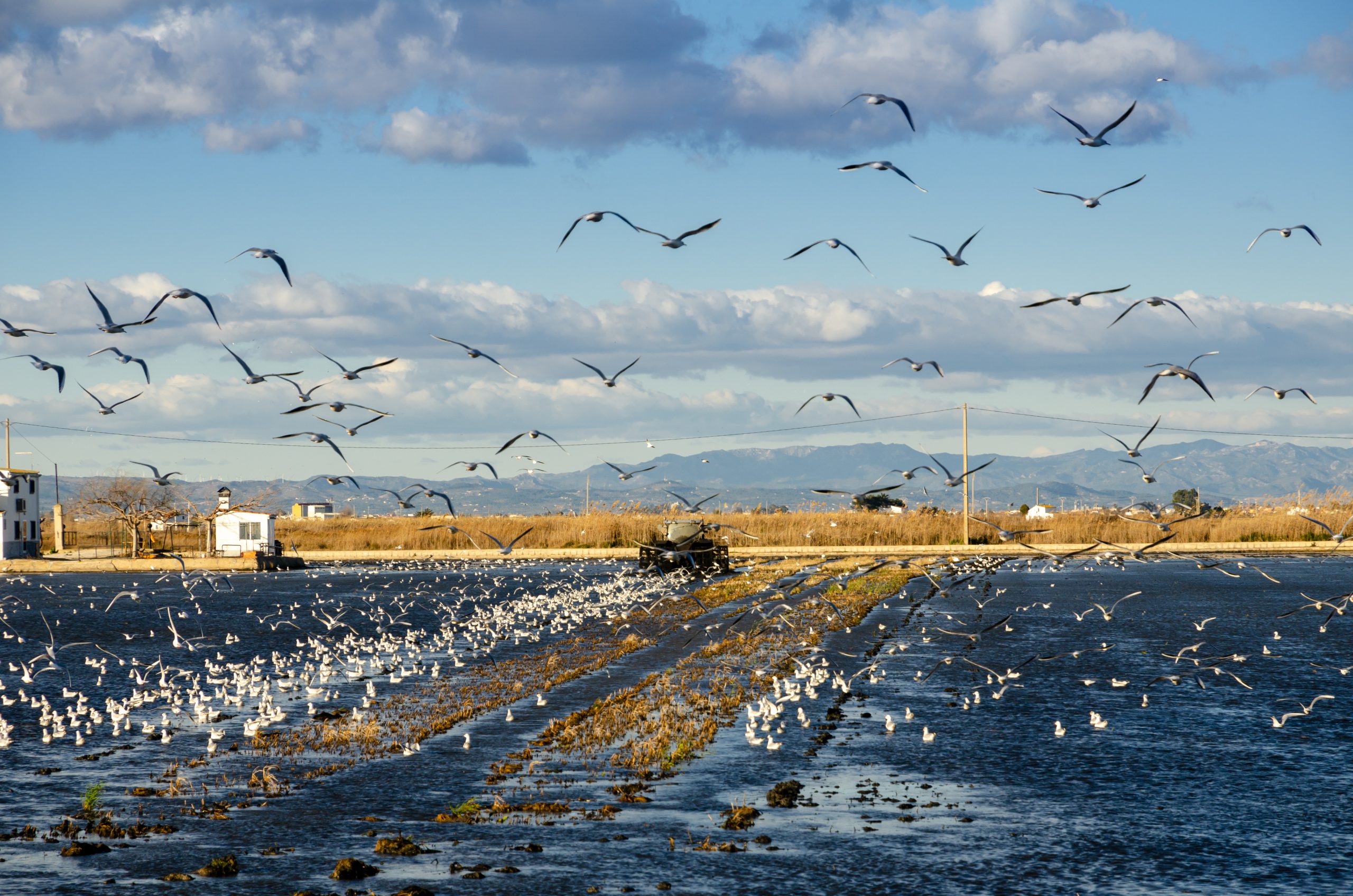
The role of healthy wetlands in fighting climate change
The new report developed by the ETC-UMA (University of Malaga), as partner of the European Topic Centre on Urban, Land and Soil Systems (ETC/ULS) has shed light on the role of healthy wetland habitats in the carbon cycle and the ...
A Mediterranean snapshot on what we have and how to protect it
The report on the State of the Environment and Development in the Mediterranean (SoED) published in November 2020 warns that the Mediterranean basin is facing escalating environmental and developmental challenges: warming 20% faster than other regions, with 78% of fishing stocks subject ...
Mapping and Assessment of Ecosystems and their Services: An EU ecosystem assessment
This report presents an ecosystem assessment covering the total land area of the EU as well as the EU marine regions. The assessment is carried out by Joint Research Centre, European Environment Agency, DG Environment, and the European Topic Centres ...
MedBioLitter: an open database on marine litter and biodiversity science
An open database and spatial geoportal on current scientific knowledge related to marine litter and biodiversity interactions in the Mediterranean region. ...Check all our resources
You can access additional resources and publications per year through our engine below
Journal Articles
Aksoy, E.; Louwagie, G.; Gardi, C.; Gregor, M.; Schröder, C.; Löhnertz, M.
Assessing soil biodiversity potentials in Europe Journal Article
In: Science of The Total Environment, vol. 589, pp. 236-249, 2017.
Abstract | Links | BibTeX | Tags: Biodiversity, Conservation and management, Land and soil, Soil functions
@article{Aksoy2017c,
title = {Assessing soil biodiversity potentials in Europe},
author = {E. Aksoy and G. Louwagie and C. Gardi and M. Gregor and C. Schröder and M. Löhnertz},
url = {https://www.sciencedirect.com/science/article/pii/S0048969717304229},
doi = {10.1016/j.scitotenv.2017.02.173},
year = {2017},
date = {2017-07-01},
journal = {Science of The Total Environment},
volume = {589},
pages = {236-249},
abstract = {Soil is important as a critical component for the functioning of terrestrial ecosystems. The largest part of the terrestrial biodiversity relies, directly or indirectly, on soil. Furthermore, soil itself is habitat to a great diversity of organisms. The suitability of soil to host such a diversity is strongly related to its physico-chemical features and environmental properties. However, due to the complexity of both soil and biodiversity, it is difficult to identify a clear and unambiguous relationship between environmental parameters and soil biota. Nevertheless, the increasing diffusion of a more integrated view of ecosystems, and in particular the development of the concept of ecosystem services, highlights the need for a better comprehension of the role played by soils in offering these services, including the habitat provision. An assessment of the capability of soils to host biodiversity would contribute to evaluate the quality of soils in order to help policy makers with the development of appropriate and sustainable management actions. However, so far, the heterogeneity of soils has been a barrier to the production of a large-scale framework that directly links soil features to organisms living within it. The current knowledge on the effects of soil physico-chemical properties on biota and the available data at continental scale open the way towards such an evaluation. In this study, the soil habitat potential for biodiversity was assessed and mapped for the first time throughout Europe by combining several soil features (pH, soil texture and soil organic matter) with environmental parameters (potential evapotranspiration, average temperature, soil biomass productivity and land use type). Considering the increasingly recognized importance of soils and their biodiversity in providing ecosystem services, the proposed approach appears to be a promising tool that may contribute to open a forum on the need to include soils in future environmental policy making decisions.},
keywords = {Biodiversity, Conservation and management, Land and soil, Soil functions},
pubstate = {published},
tppubtype = {article}
}
Presentations
Aksoy, E.; Abdul-Malak, D.; Gardi, C.; Fons, J.
Impact assessment of major pressures on Earthworms in Europe. Global Soil Biodiversity Initiative in Dijon Presentation
01.12.2014.
Links | BibTeX | Tags: Biodiversity, Land and soil, Pressures, Soil functions
@misc{Aksoy2014,
title = {Impact assessment of major pressures on Earthworms in Europe. Global Soil Biodiversity Initiative in Dijon},
author = {E. Aksoy and D. Abdul-Malak and C. Gardi and J. Fons},
url = {/wp-content/uploads/publications/Poster_GSBI_Aksoy_3.pdf},
year = {2014},
date = {2014-12-01},
keywords = {Biodiversity, Land and soil, Pressures, Soil functions},
pubstate = {published},
tppubtype = {presentation}
}
Technical Reports
Baritz, R.; Amelung, W.; Antoni, V.; Boardman, J.; Horn, R.; Prokop, G.; Römbke, J.; Romkens, P.; Steinhoff-Knopp, B.; Swartjes, F.; Trombetti, M.; de Vries, W.
ETC/ULS Report 2021: Soil monitoring in Europe. Indicators and thresholds for soil quality assessments Technical Report
2021.
Abstract | Links | BibTeX | Tags: Conservation and management, Environmental conservation, Land and soil, Soil functions
@techreport{Baritz2021,
title = {ETC/ULS Report 2021: Soil monitoring in Europe. Indicators and thresholds for soil quality assessments},
author = {R. Baritz and W. Amelung and V. Antoni and J. Boardman and R. Horn and G. Prokop and J. Römbke and P. Romkens and B. Steinhoff-Knopp and F. Swartjes and M. Trombetti and W. de Vries},
url = {https://www.eionet.europa.eu/etcs/etc-di/products/etc-uls-report-2021-soil-monitoring-in-europe-indicators-and-thresholds-for-soil-quality-assessments},
year = {2021},
date = {2021-09-24},
abstract = {This report summarizes the current state of knowledge about key soil indicators in the light of current and new policies in support of healthy soils. Healthy soils are understood to have full capacity of their functions and do not exceed the recommended thresholds. This approach is essential in order to assess soil health in the context of policy challenges and societal needs. The development and application of thresholds sensitive to the functioning of the soils, is the prerequisite to understand where soils are degraded. Once critical limits are exceeded, the soil cannot provide its multiple services, for example as a medium to filter contaminants or store and release nutrients. Indicators are sorted by soil threat, though the underlaying mechanisms is the sensitivity of parameters towards soil processes, thus its functions. Each indicator is introduced based on a short literature review, and explained based on common definitions. Quantified thresholds as targets for healthy soils are provided for soil organic carbon, nitrogen and phosphorous, acidification, soil pollution, erosion and compaction. No such limits are yet available for soil biodiversity, while for soil sealing, examples for politically set, country-specific limits are provided. },
keywords = {Conservation and management, Environmental conservation, Land and soil, Soil functions},
pubstate = {published},
tppubtype = {techreport}
}
Abdul-Malak, D.; Marín, A. I.; Trombetti, M.; San-Román, S.
Carbon pools and sequestration potential of wetlands in the European Union Technical Report
2021, ISBN: 978-3-200-07433-0.
Abstract | Links | BibTeX | Tags: Climate Change, Ecosystem services, Environmental conservation, Land and soil, Soil functions, Wetlands
@techreport{Abdul-Malak2021,
title = {Carbon pools and sequestration potential of wetlands in the European Union},
author = {D. Abdul-Malak and A. I. Marín and M. Trombetti and S. San-Román},
editor = {European Topic Centre on Urban, Land and Soil Systems},
url = {https://www.eionet.europa.eu/etcs/etc-uls/products/etc-uls-reports/etc-uls-report-10-2021-carbon-pools-and-sequestration-potential-of-wetlands-in-the-european-union},
isbn = {978-3-200-07433-0},
year = {2021},
date = {2021-09-01},
urldate = {2021-09-01},
abstract = {Wetland ecosystems as defined by the Ramsar convention host a wide variety of wetland habitats across terrestrial, coastal and marine environments. When in good condition, wetland habitats provide many societal benefits and values, among others, they play a crucial role in the carbon cycle because of their capacities to limit the availability of oxygen to soil microbes and decomposition of organic matter. Policies and practices do not sufficiently consider these interconnections and interdependencies in Europe yet due to the fragmented consideration of this ecosystem in their schemes. The findings of this report argue that healthy European wetland habitats have an enormous capacity to contribute to carbon neutrality objectives in Europe. Across the wide array of European ecosystems they belong to, wetland habitats have a role in contributing to the carbon cycle. The most meaningful European wetland habitats to contribute to carbon storage include well-functioning salt marshes, healthy mires, bogs and fens as well as riparian, fluvial and swamp forests. Furthermore, when healthy, terrestrial wetlands namely mires, bogs and fens (where peatlands underly), followed by riparian, fluvial and swamp forests as well as inland marshes ensure a high carbon sequestration potential. If kept in a good condition or restored, the EU wetland related carbon stock capacity of their overall area in Europe (EU 27 and the UK) is estimated to be between 12 - 31 Gt CO2-eq, corresponding to an overall value ranging between 3 and 8 years of EU GHG emissions1. Whereas the Carbon sequestration potential of healthy EU Wetlands per year is calculated to range between 24 and 144 Mt CO2 eq yr-1 (24,352 and 14,3719 kt CO2 eq yr-1), being a quantity that contributes to “neutralising” between 1 and 4 % of the total GHG emissions registered in the EU27 and the UK (according to 2018 reference year for reported emission). These findings should trigger wetland conservation and restoration to become a high priority for the EU to support reaching climate neutrality by 2050. Climate reporting systems require Parties to report on anthropogenic emissions and removals of greenhouse gases which includes reporting heavily modified peatland habitats only partially and dominantly as a net carbon emitter. Using ecosystem-based approaches to managing reported peatland habitats and re-establishing their ecosystem functioning do transform many of them from climate ‘heaters’ (carbon net sources) into climate ‘coolers’ (carbon net sinks).},
keywords = {Climate Change, Ecosystem services, Environmental conservation, Land and soil, Soil functions, Wetlands},
pubstate = {published},
tppubtype = {techreport}
}
Gregor, M.; Löhnertz, M.; Schröder, C.; Aksoy, E.; Prokop, G.; Louwagie, G.
ETC/ULS Report 02/2018: Integrated accounting of land cover changes and soil functions Technical Report
European Topic Centre on Urban Land and Soil Systems (ETC/ULS) 2018.
Abstract | Links | BibTeX | Tags: Land and soil, Soil functions
@techreport{Gregor2018,
title = {ETC/ULS Report 02/2018: Integrated accounting of land cover changes and soil functions},
author = {M. Gregor and M. Löhnertz and C. Schröder and E. Aksoy and G. Prokop and G. Louwagie },
url = {https://www.eionet.europa.eu/etcs/etc-uls/products/etc-uls-report-02-2018-integrated-accounting-of-land-cover-changes-and-soil-functions/@@download/file/uls_report_2018-02-lre.pdf},
year = {2018},
date = {2018-01-02},
urldate = {2018-01-02},
institution = {European Topic Centre on Urban Land and Soil Systems (ETC/ULS)},
abstract = {This report is the outcome of a study that was executed during the past five years by the EEA and ETC/ULS with support from EIONET (NRCs land use and spatial planning) and the European Soil Data Centre of DG JRC.
The analysis represents the first attempt to assess land use efficiency at a European scale. Several new data sets relating specifically to soil functions, were published only recently, and this made assessment possible. A key aim of this work was to study land cover changes and their positive or negative impacts on soil functions, and to obtain a disaggregated hotspot analysis and an overall balance of those impacts on soil functions. The report follows a logical flow.
Chapter 1 provides an introduction to the context of the study. It lays out a framework by giving information on the status of land and soil in the context of land resource efficiency, listing the most relevant current global and European policies, and introducing the concepts of soil function and land multi-functionality.
Chapter 2 provides details of the study’s input data, in particular the land cover flows as well as the pan-European soil function data, further explains the concept of multi-functionality and introduces the impact evaluation matrix.
The combined presentation of land processes and soil functions is the major topic in Chapter 3, whereas Chapter 4 then focuses on the impacts of a number of selected, sector-related land processes on several of the soil functions. The latter also identifies a number of hotspot regions at the NUTS 3 level in which the potential of soils to provide certain functions might be substantially affected.
At the end of the report, Chapter 5 provides information on the balance of impacts, by looking at the predominantly positive and predominantly negative impacts to assess the overall situation in Europe, but also at national and regional level. Finally, Chapter 6 identifies the implications of the analysis for land governance and attempts to shed light on the status of land resource efficiency in Europe. },
keywords = {Land and soil, Soil functions},
pubstate = {published},
tppubtype = {techreport}
}
The analysis represents the first attempt to assess land use efficiency at a European scale. Several new data sets relating specifically to soil functions, were published only recently, and this made assessment possible. A key aim of this work was to study land cover changes and their positive or negative impacts on soil functions, and to obtain a disaggregated hotspot analysis and an overall balance of those impacts on soil functions. The report follows a logical flow.
Chapter 1 provides an introduction to the context of the study. It lays out a framework by giving information on the status of land and soil in the context of land resource efficiency, listing the most relevant current global and European policies, and introducing the concepts of soil function and land multi-functionality.
Chapter 2 provides details of the study’s input data, in particular the land cover flows as well as the pan-European soil function data, further explains the concept of multi-functionality and introduces the impact evaluation matrix.
The combined presentation of land processes and soil functions is the major topic in Chapter 3, whereas Chapter 4 then focuses on the impacts of a number of selected, sector-related land processes on several of the soil functions. The latter also identifies a number of hotspot regions at the NUTS 3 level in which the potential of soils to provide certain functions might be substantially affected.
At the end of the report, Chapter 5 provides information on the balance of impacts, by looking at the predominantly positive and predominantly negative impacts to assess the overall situation in Europe, but also at national and regional level. Finally, Chapter 6 identifies the implications of the analysis for land governance and attempts to shed light on the status of land resource efficiency in Europe.
Latest news
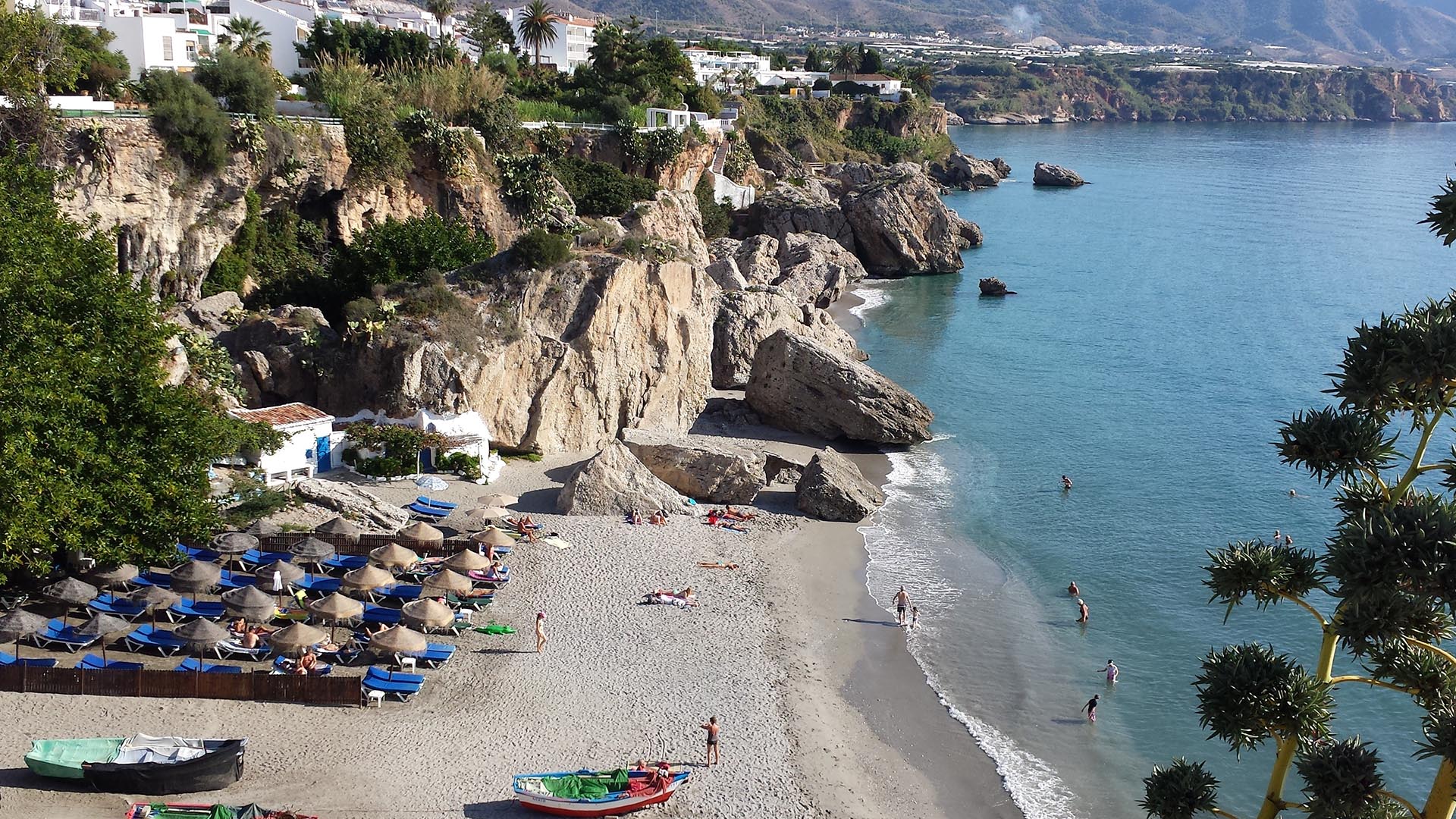
Preparing for a greener and bluer summer 2025
With summer just around the corner, it is this time of the year when many of us get a chance to step back, recharge, and enjoy the outdoors. From ETC-UMA´s side, as we head into the vacation season, we want ...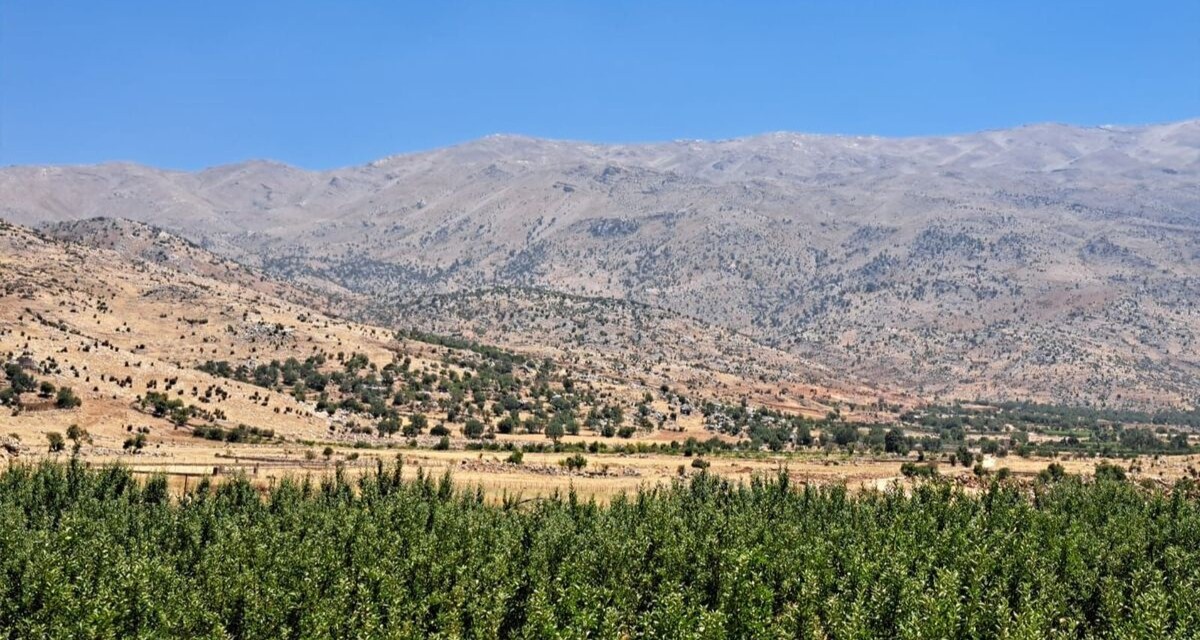
Back in Lebanon with BioConnect: Witnessing nature protection and socioecological resilience in action
As part of ETC-UMA’s role as the external evaluator for the EU-funded BioConnect project, the Centre’s Director, Dania Abdul Malak, carried out a site visit to Lebanon from July 8 to 12 to assess the project’s progress in its third ...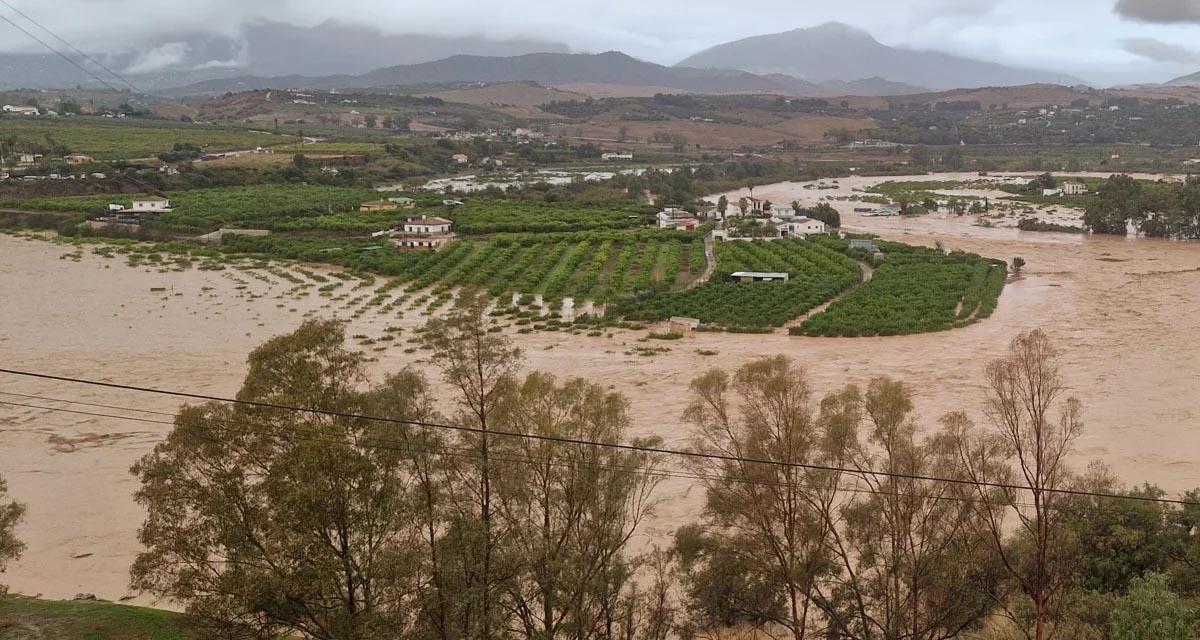
Boosting Climate Resilience: Wetland4Change Project Advances Flood Management Solutions for Mediterranean Coastal Zones
The Mediterranean coastal zone´s combination of multiple severe climate hazards – rising temperatures, water scarcity, sea-level rise, and extreme weather events – makes it a hotspot for highly interconnected climate risks for the ecosystems and societies. Recent catastrophic floods in ...
RESTORE4Cs 1st Policy Brief: How can coastal wetlands help achieve EU climate goals?
The first RESTORE4Cs Policy Brief of RESTORE4Cs, “How can coastal wetlands help achieve EU climate goals?“, highlights the importance of European coastal wetlands for reducing Greenhouse Gas emissions. The key messages of the first RESTORE4Cs Policy Brief include: Coastal wetlands are important natural carbon stores, ...
Mapping the Impact of Blue Tourism in the Mediterranean
The IUCN Centre for Mediterranean Cooperation with the support of ETC-UMA in the framework of the Blue Tourism Initiative, has released a comprehensive report entitled “Mapping the Impact of Blue Tourism in the Mediterranean: Vulnerability Assessment of Coastal and Marine ...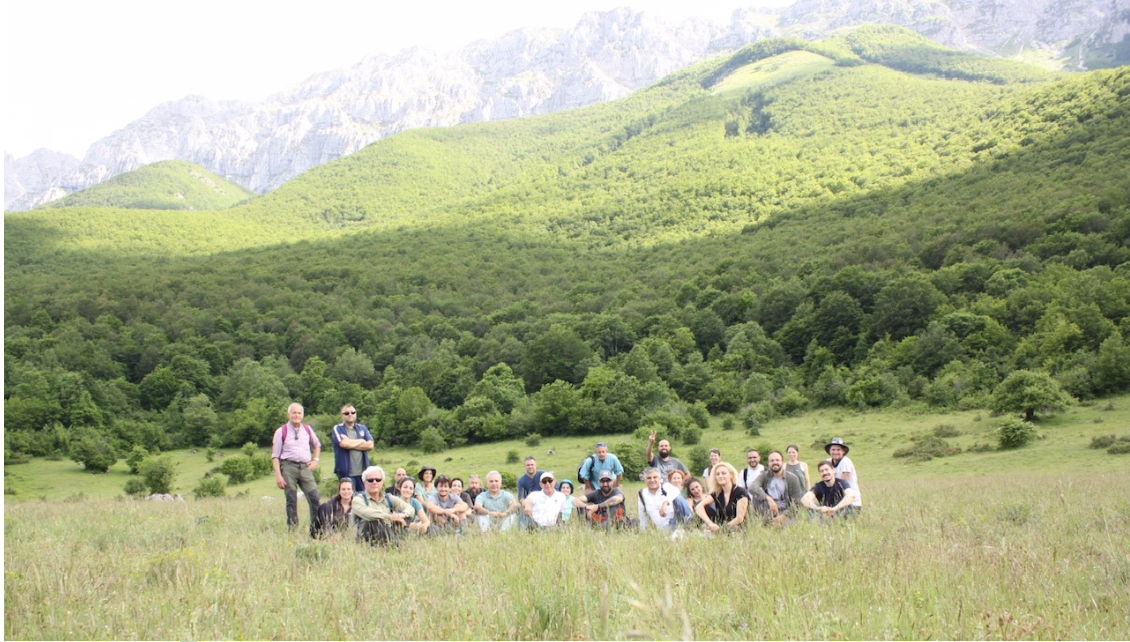
StrategyMedFor Presented at Annual Medforval Meeting 2024
StrategyMedFor was prominently featured at the Annual Medforval Meeting 2024, held from June 5-7 in Fontecchio, Italy. The event brought together 25 practitioners from national parks and natural reserves across 9 Mediterranean countries, providing a valuable platform for StrategyMedFor to ...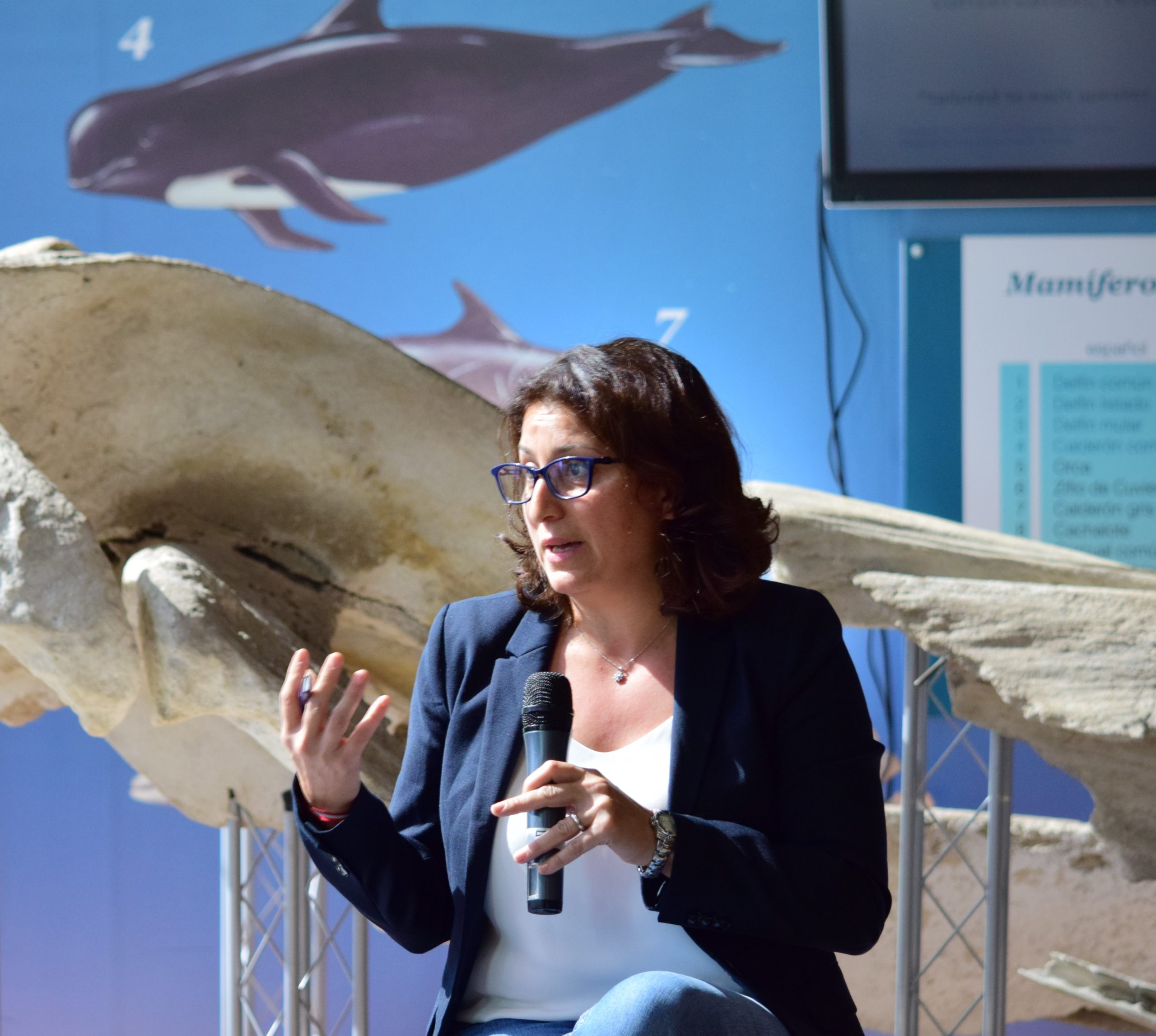
Celebrating leadership in environmental management: an interview with Dania Abdul Malak
From designing integrated ecosystem assessments in Europe and the Mediterranean to transforming outcomes into evidence-based recommendations for regional stakeholders, the European Topic Centre on Spatial Analysis and Synthesis (ETC-UMA) stands as a flagship for territorial cooperation. At the forefront of ...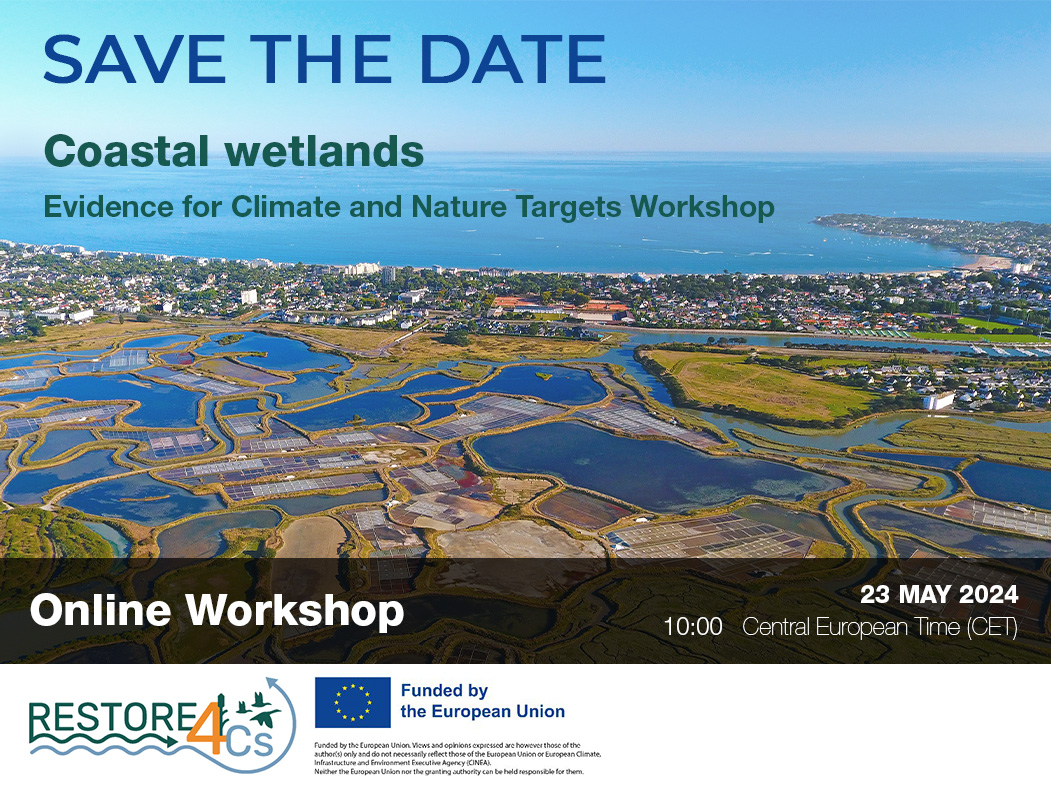
Save the date! Unlocking solutions for coastal conservation in Europe
How can coastal wetlands respond to major European Union objectives such as climate neutrality, biodiversity protection, and pollution reduction? What key role do coastal wetlands play in achieving EU commitments for climate mitigation and biodiversity conservation? The European Topic Centre ...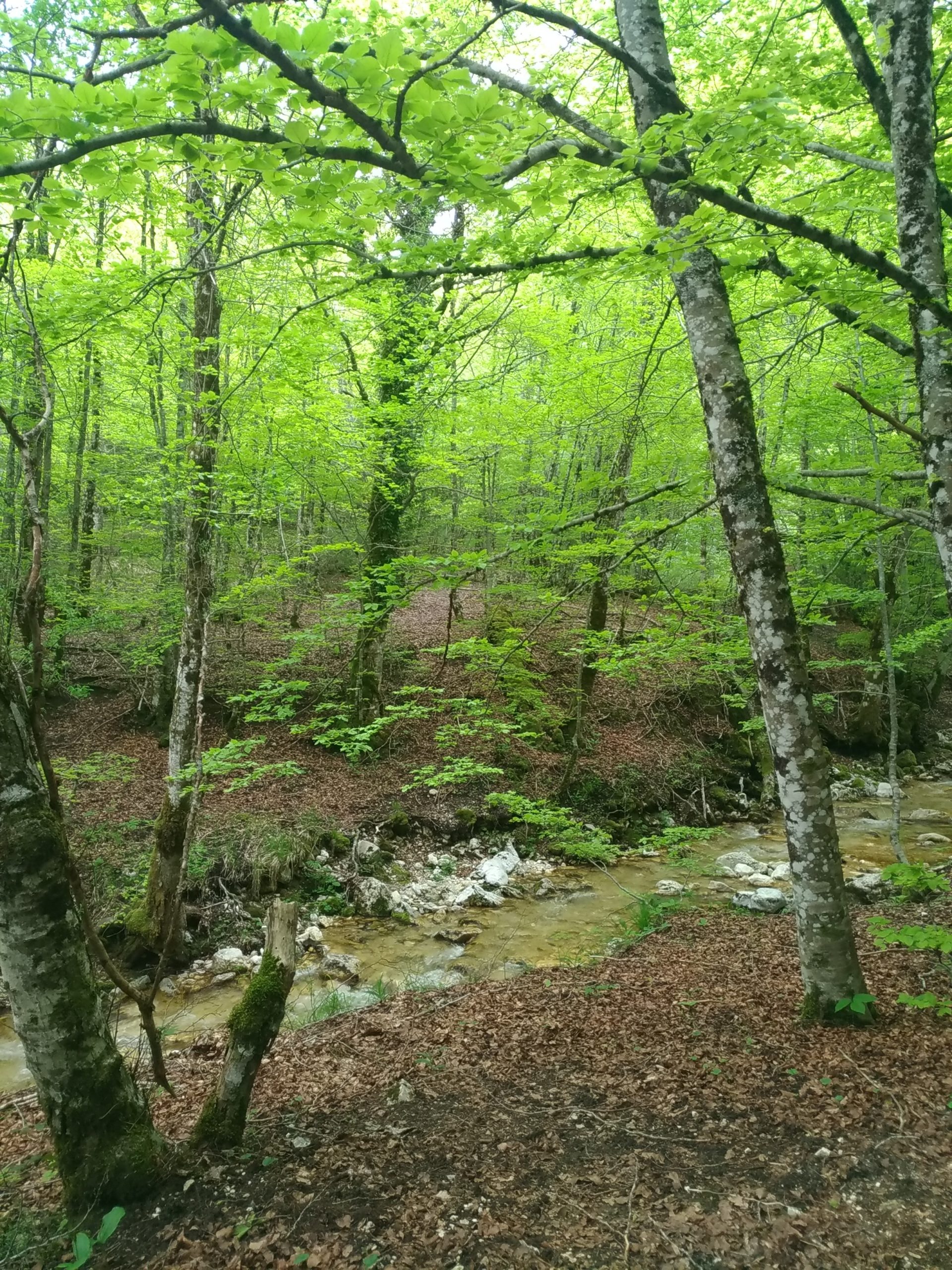
Towards a Strategy for the Sustainable Management of Mediterranean Forests (StrategyMedFor)
The StrategyMedFor project, co-financed by the Interreg Euro-MED programme, was launched at the University of Malaga during a two day meeting that took place on March 18 and 19, 2024. The European Topic Centre on Spatial Analysis and Synthesis (ETC-UMA), ...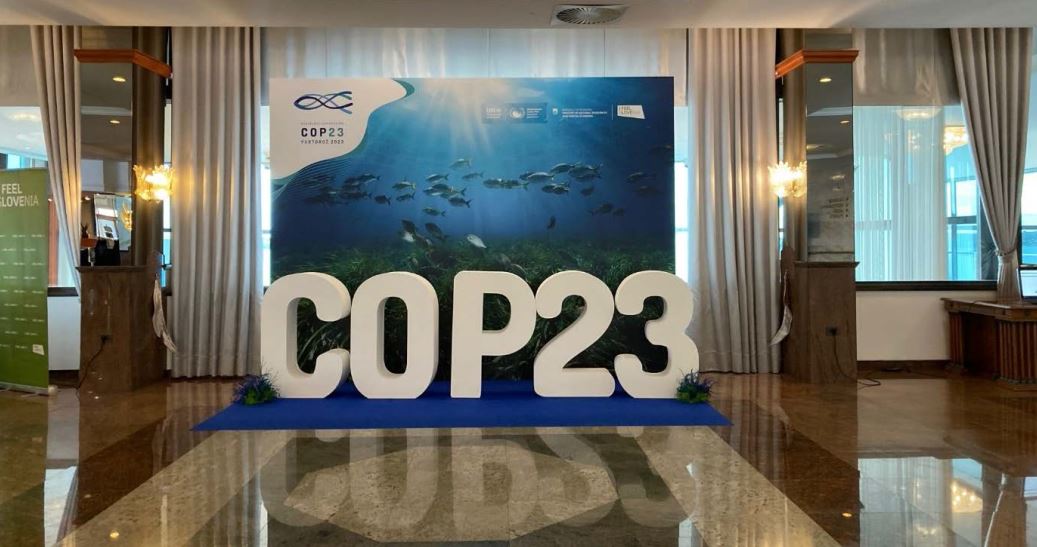
Collaborative science for forests by ETC-UMA showcased in Slovenia during the COP23
As UNEP MAP partner organization, ETC-UMA recently engaged in the organization of a session with Mediterranean institutions under the topic of climate change, entitled: From COASTAL to FOREST ecosystems: Mediterranean Nature-based Solutions to tackle climate change and ensure the Resilience ...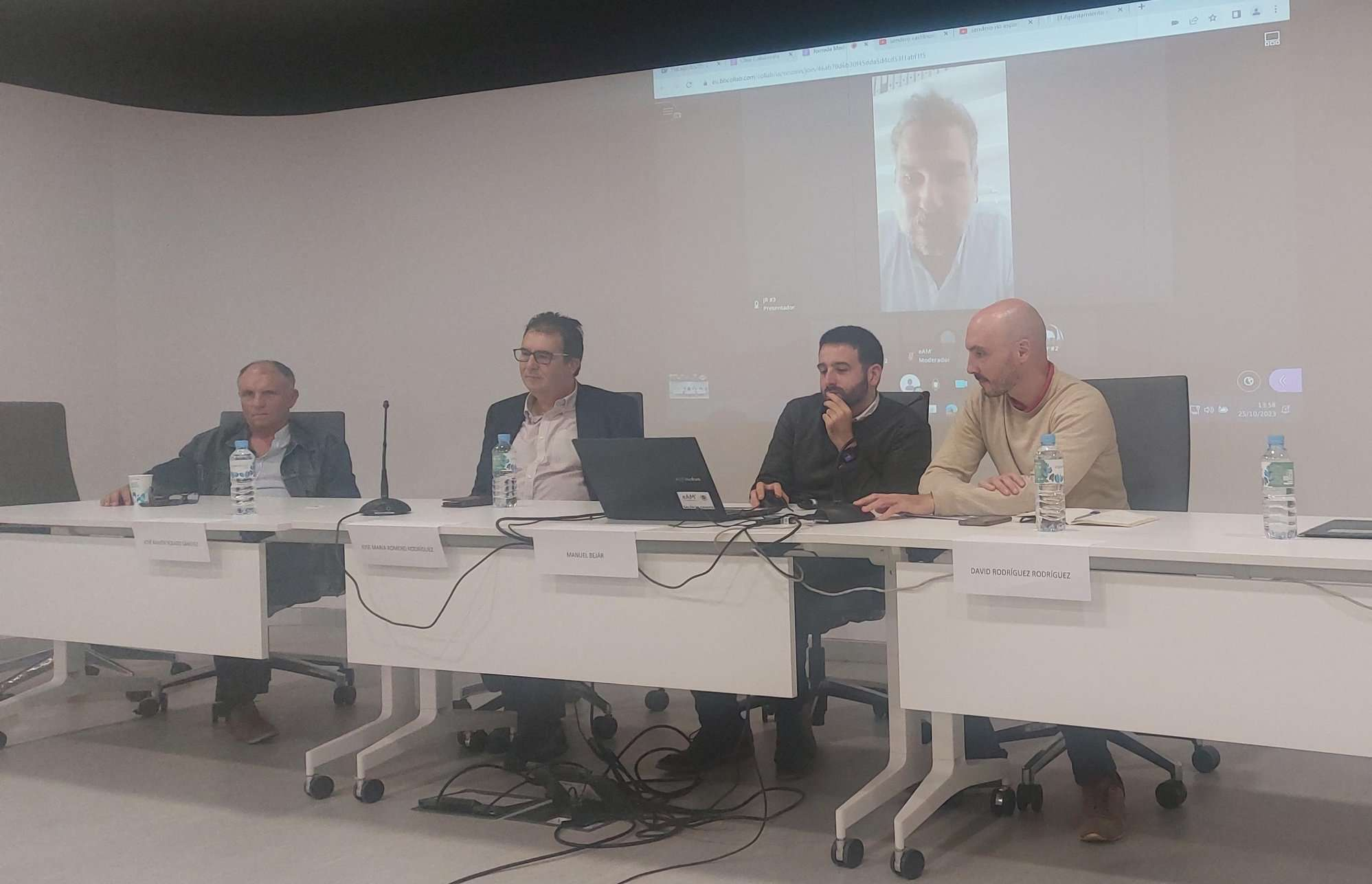
Tools for conserving the Spanish coast
On the initiative of the Instituto Universitario Hábitat Territorio y Digitalización (iHTD) of the University of Malaga, around 70 representatives of Spanish public administrations, researchers, architecture and environmental science players and civil society signed up to the second debate on ...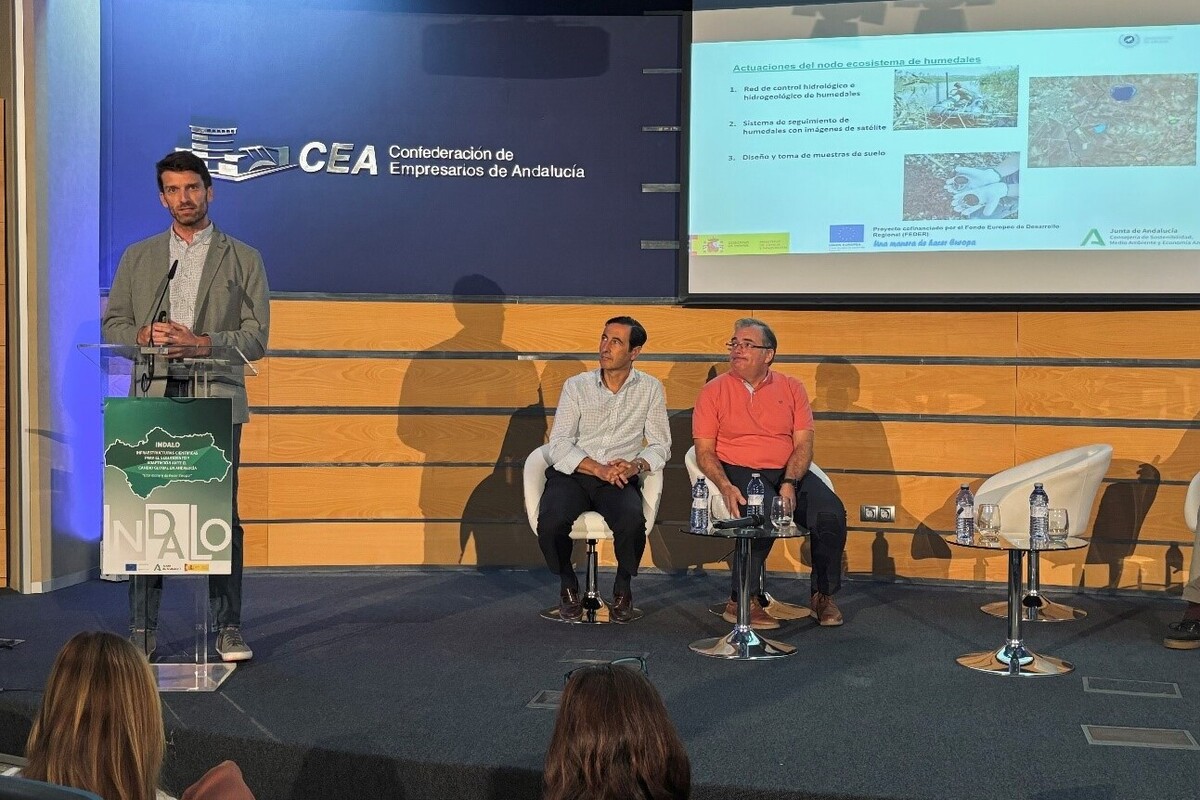
GreenEye System: a cloud-based system to monitor wetlands in Andalusia
Developed in the frame of the LifeWatch INDALO project cofinanced by the European Regional Development Fund (ERDF) for the study of biodiversity and global change in Andalucia, GreenEye System, this new cloud-based monitoring system, provides useful tools for wetlands’ assessment, ...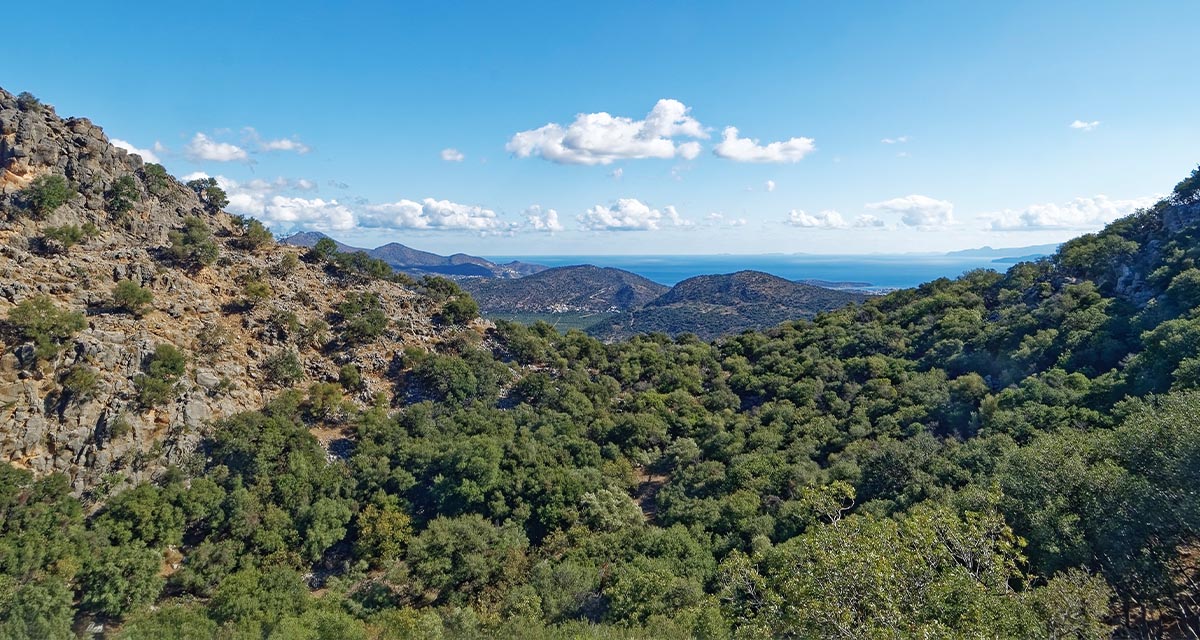
Looking back and forth to Mediterranean Forests
Timely published to enrich the knowledge available to fight fires and climate change challenges after an extremely hot summer, the proceedings of the Seventh Mediterranean Forest Week “Forest and Ecosystem Restoration for the next Mediterranean Generations” held from 21 to ...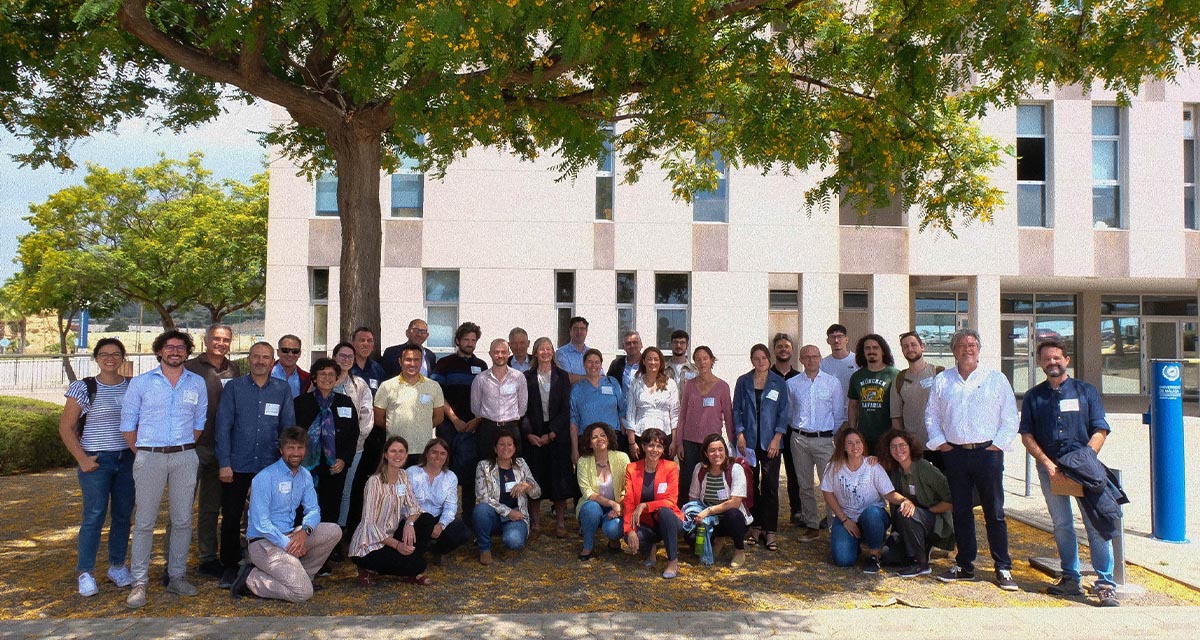
More space for innovative Mediterranean forest data partnerships
The report entitled A knowledge baseline on Mediterranean forests supported by innovation launched in July by ETC-UMA provides a highlight of what Mediterranean countries and institutions are doing to integrate new digital, satellite and Artificial Intelligence technologies into forest monitoring ...